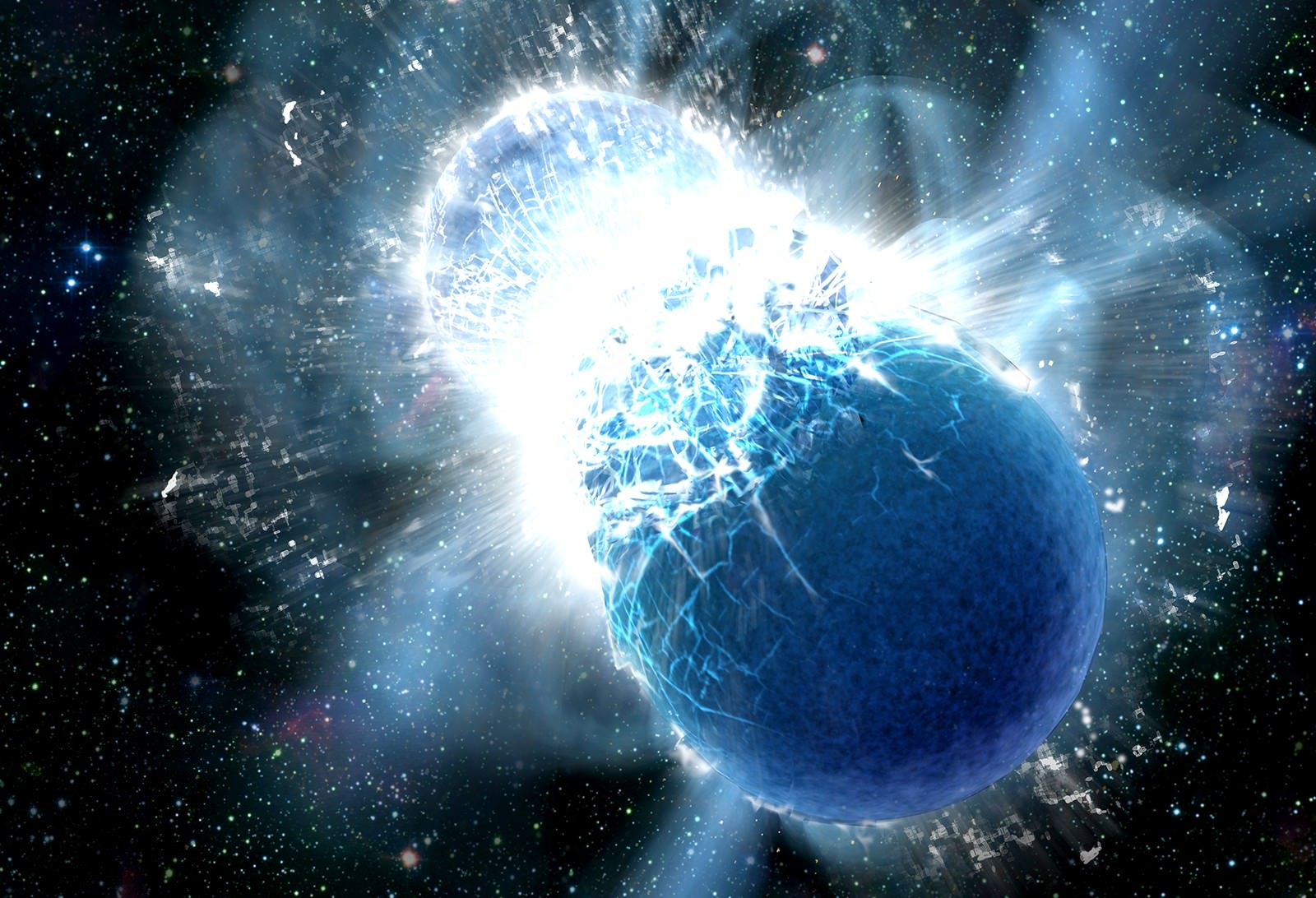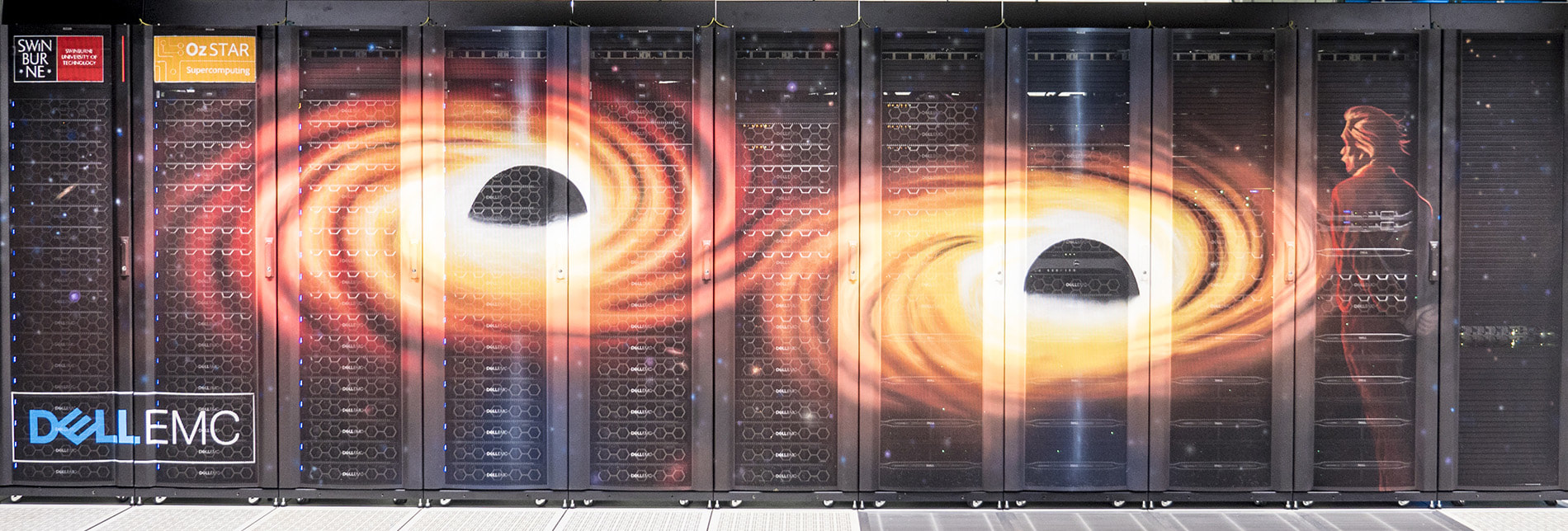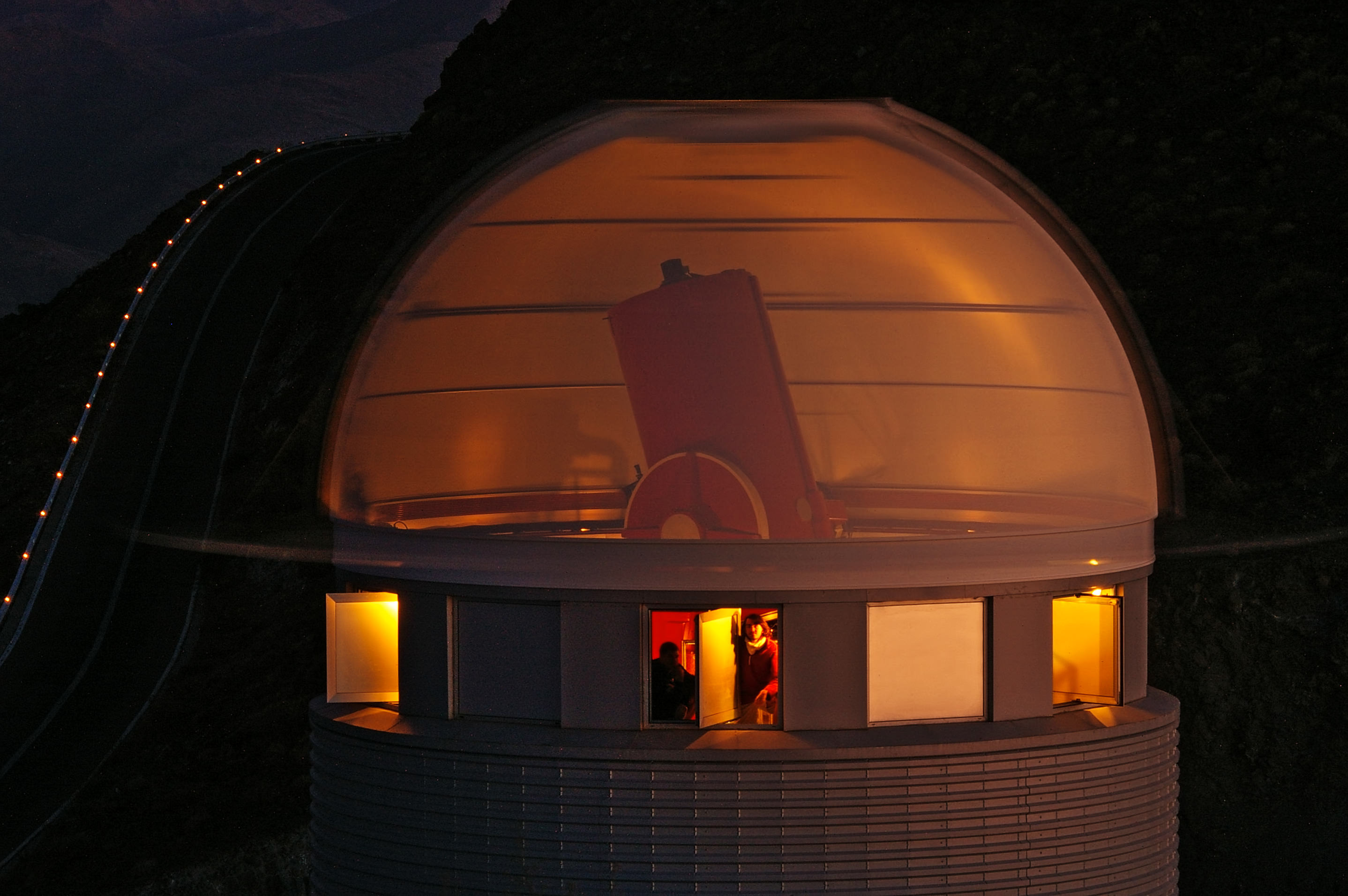Imagine a single star more luminous than a million suns, erupting every few decades in a massive flare that shines as bright as a supernova. But the blast, as ferocious as it is, does not obliterate the tumultuous star. It remains, its surface roiling with violence as spasms rock its inner layers. Soon enough the star will end its suffering in a final titanic blast, but before it does, it must suffer in this state for thousands of years.
This is a rare luminous blue variable star, and it may hold the keys to understanding the link between the lives of stars and their deaths.
Continue reading “Scary Giant Blue Stars May Unlock Mysteries of Stellar Evolution”






